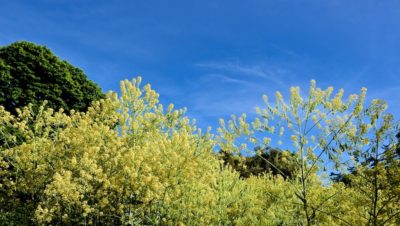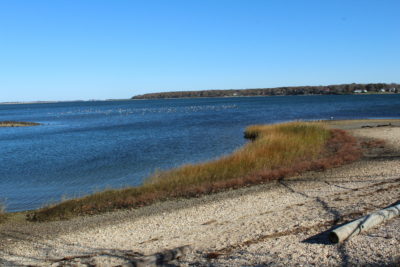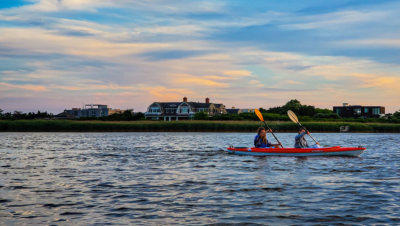Our Work / Stewardship
Georgica Pond Watershed
Like many of our local waterways, our coastal ponds are being negatively impacted by overdevelopment, nitrogen loading, and other factors. The Trust recognizes the importance of combatting this issue. We have been working to remediate Georgica Pond in Wainscott.
Research
With your support, the Peconic Land Trust contracted Cornell Cooperative Extension (CCE) to conduct research on Georgica Pond. We’re looking to document the health of the pond, identify causes of concern, and eventually provide solutions to improve it. This multi-phased study continued over the summer as CCE staff looked at groundwater entering the pond.
We know that nitrogen input via groundwater seepage is a critical factor influencing the nitrogen load of the pond. An over-abundance of nitrogen and other nutrients in the water leads to harmful algal blooms. However, we need to identify where nitrogen is entering Georgica Pond.
CCE Staff, James Chant (center) and Kaden Ireland (left) on Georgica Pond.
CCE staff started collecting samples close to the shore and moved further into the pond as the summer progressed. Porewater samples were collected and analyzed on-site for temperature, conductivity, total dissolved solids (TDS), pH, and oxidation reduction potential (ORP). The comprehensive groundwater and porewater survey will identify and rank zones in the pond according to site specific water quality conditions. Now that we have pinpointed the locations of nitrogen-rich groundwater seepage into the pond we are beginning to focus on funding and the site characterization of these areas for the installation of PRBs.
What's Next
Currently we have data and are in the process of analyzing it and finding appropriate sites for mitigation measures to break down nitrogen and other nutrients before they reach the pond.
One method being studied by the CCE team is the use of permeable reactive barriers (PRBs). This sub-surface green infrastructure provides passive remediation, does not require extensive maintenance, and has the potential to remain effective for decades.
PRBs have been used extensively in the Midwest to treat agricultural tile drainage runoff. In nearby Hampton Bays, a PRB installed by CCE behind a bulkhead has successfully reduced nitrogen levels in the mixing zone between groundwater and the sea. The team anticipates that PRBs will be an important tool in limiting excess nitrogen and other nutrients from entering the pond.
The team is also looking at the potential for biochar to increase the effectiveness of PRBs. Produced from solid waste generated on farms, biochar is a carbon-rich material used to improve soil health. Its use, in combination with woodchips, as a filtering media for PRBs would help reduce agricultural waste, enhance soil health, and improve groundwater remediation. With an ancient history and the added benefit of carbon sequestration, biochar presents exciting new opportunities to enhance the sustainability of this project.
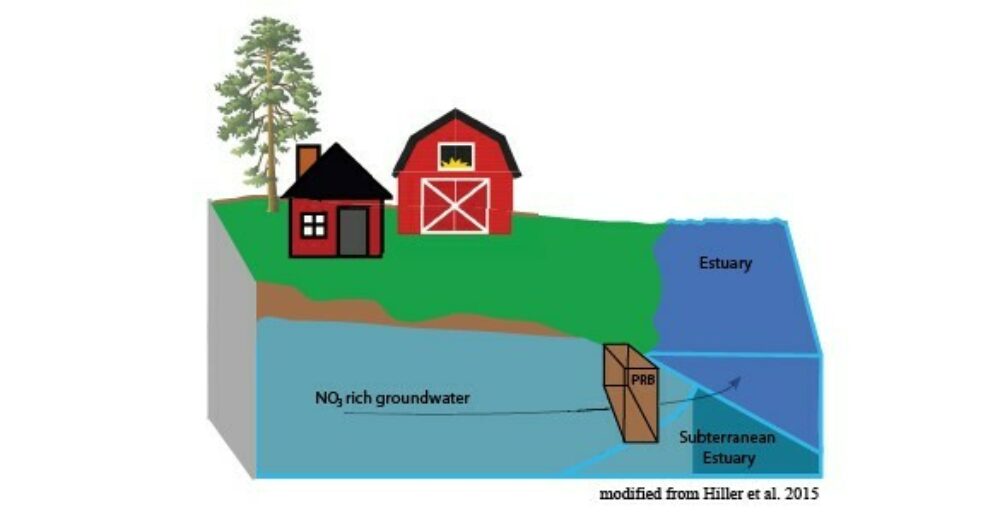
Schematic from Cornell Cooperative Extension of a PRB at the edge of a farm field adjacent to an impaired waterbody.
In addition to the use of PRBs, another important tool for limiting nitrogen from entering the pond is to upgrade antiquated septic systems. There is significant public funding available, in the form of rebates from the Town, County and State, to assist homeowners to replace their traditional septic systems with Innovative/Alternative Systems (I/A systems). However, few homeowners have made the switch so far. The major obstacle is that the criteria for selecting among the available I/A systems is complex. Also, the regulatory process of getting one installed is complicated.
To accelerate the upgrading of septic systems within both the Sagg Pond and Georgica Pond communities, the New York State Center for Clean Water Technology at Stony Brook University (CCWT) has hired a manager to help. Tom Varley, the new hire, will help homeowners navigate the unwieldy process of upgrading their systems. The Trust is funding the position for CCWT using funds raised from the community. Homeowners can reach out to Tom Varley at thomas.varley@stonybrook.edu
Resources
You can make a difference. Here’s how.
Small changes in how we care for our lawns, gardens, and houses can make a lasting impact in the health and vitality of this place we call home. Here are just a few ways you can make the Georgica Pond watershed a healthy place to live!
- Reduce or eliminate chemical inputs into the soil from landscaping
- Maintain and upgrade your home septic system
- Share what you learned with your friends and neighbors
Meet with Tom! Tom Varley can help homeowners navigate the unwieldy process of upgrading their septic systems. For more information and to set up a call, email Tom at thomas.varley@stonybrook.edu
Perfect Earth Project:
Perfect Earth Project promotes toxin-free lawns and landscapes for the health of people, their pets, and the planet. Visit their website for links to resources and information on lawn and landscape care.
Peconic Land Trust Connections:
Sign up to receive our Connections email and flyer for upcoming programs, many of which provide information on sustainably managing lands, water quality improvement, growing food, and more. Check out our Lawn and Landscaping Advice page for how to videos along with Zoom programs on planting for a healthier environment.
Cornell Cooperative Extension of Suffolk County:
Check out CCE's Groundwater Program website page for more information on the causes of pollution in our bays and ponds, the impacts, and the various solutions -- including Permeable Reactive Barriers.
Partners
Cornell Cooperative Extension of Suffolk County:
- Deborah Aller, PhD: Agricultural Stewardship Specialist (bio)
- Molly Graffam, PhD: Water Resource Geochemical Specialist (bio)
New York State Center for Clean Water Technology at Stony Brook University
- Christopher Gobler, PhD: Director (bio)
- Frank M. Russo: Associate Director for Wastewater Initiatives (bio)
- Stuart Waugh, PhD - Research Scientist (bio)
- Tom Varley - Manager
Ronald J. Paulsen PG: Hydrogeologist/Groundwater Specialist, Coastline Evaluation Inc. (CLEAR)
Related Projects
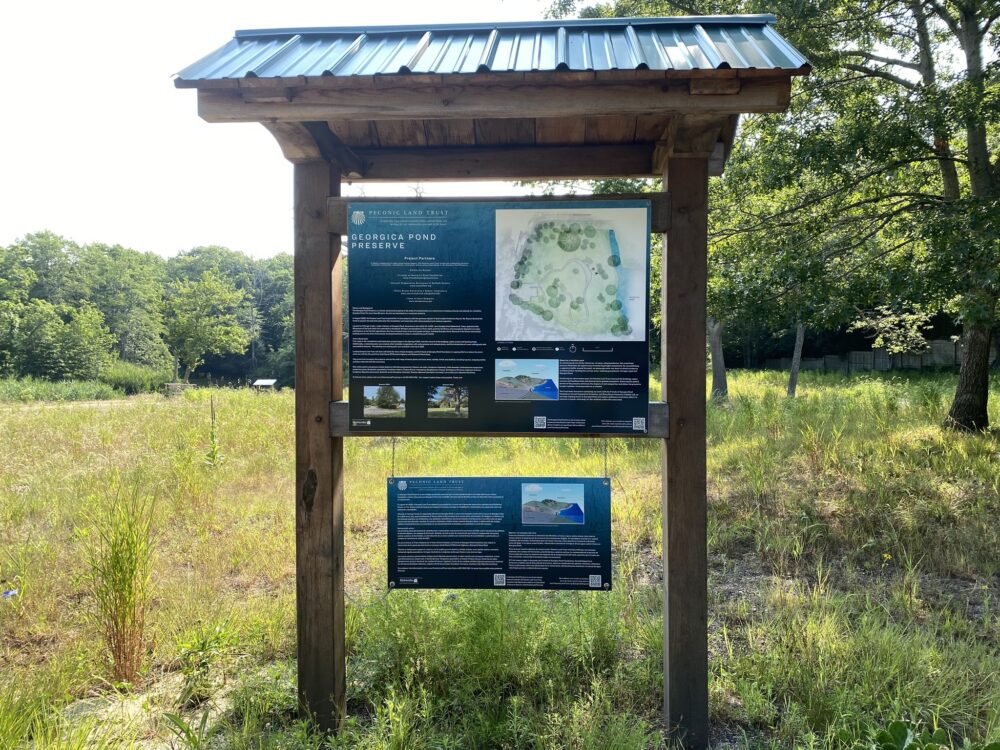
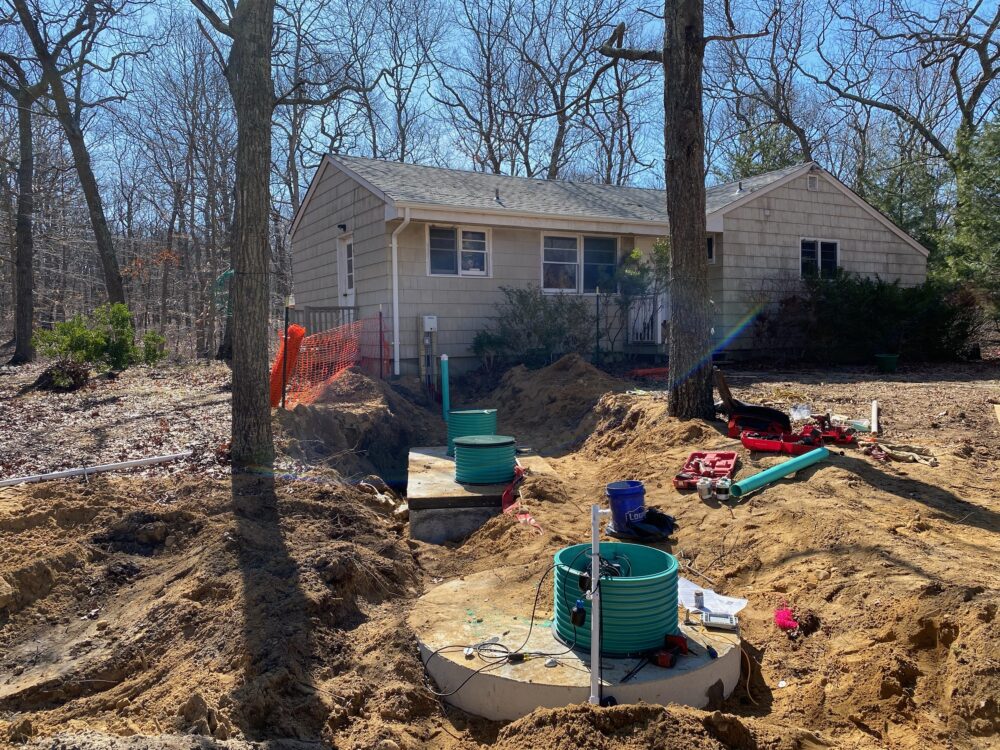
Photo Credit: PW Grosser


